History of Tantra – Understanding Tantra Types & Their Origins
Since the ancient art of tantra has become popular in the Western world, there have been many misconceptions as to what it actually is and what it involves. When you think of tantra, you probably think of endless hours of passionate lovemaking or some kind of sacred sex ritual.
There is so much conflicting information out there so I decided to pick through the mess and get to the bottom of it, once and for all. In this guide, we delve into the religious origins of tantra, the history of tantric rituals and the facts about what modern tantra has become today.
Use the contents menu to quickly jump to any sections that might be of specific interest, otherwise, lets get into it…
Tantra Throughout History
Before we get into the meanings of tantra specifically, let’s take a look at where there is evidence of tantra in symbology and scriptures from the cultural beginnings of time. The first recorded tantric philosophy dates back to 300 – 400 CE when tantric Hindu texts (in India) and Buddhist texts (in Tibet) such as the Tathagataguhyaka were written. These historical tantric texts were ambiguous and only meant to be understood by those who closely practiced the secret tantric arts.
The next time we see Ancient tantra emerge significantly is when it became widespread in India in the 11th and 12th century. It was practiced and taught by ‘Tantrikas’ who were masters of the tantric arts. They believed that the unenlightened ones, or those without the knowledge of tantra, suffered a disconnected and unbalanced life from others.
India was invaded in the 13th Century, which sadly resulted in the slaughter of many wise Tantric Masters (Tantrikas) and nearly all tantric scriptures being burnt or destroyed. This forced the few enlightened tantric students and teachers into the shadows. Later, tantra texts (or tantra sutras as they are otherwise known) resurfaced and were found in Tibetan Tantra Teachings, spreading throughout China and Bengal.
Since then, tantra has survived and diversified in many different forms worldwide. Its influence and teachings are now evident in modern Taoism, Buddhism, Hinduism, Ayurvedic Medicine and even Kundalini or Kriya Yoga. Tantra seems to be something that was almost buried in history but was passed into other practices, religions and ideologies in order to survive.
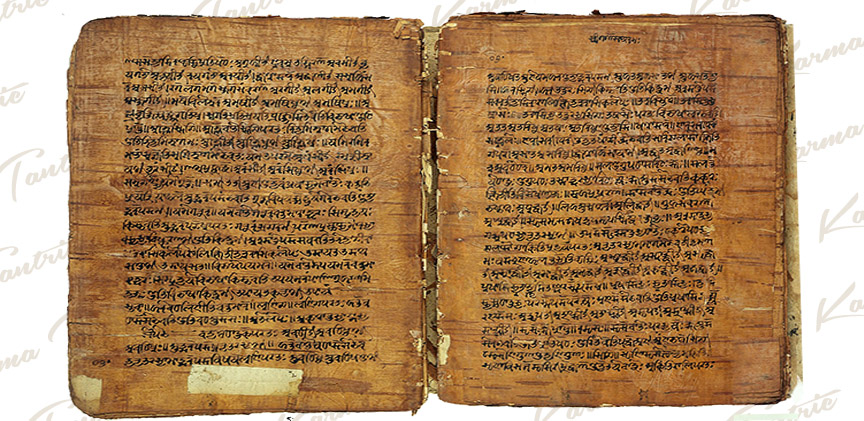
Image Courtesy Of: Wellcomecollection.org
What is The History of Tantra?
- Tantra dates as far back as 300 CE in history
- It first emerged in India through Hindu & Buddhist Scriptures
- ‘Tantrikas’ were masters who studied and taught Tantra
- Tantra then diversified across the Western world
- You can find elements of Tantra in Buddhism, Hinduism & Yoga
What is Tantra?
While tantra can certainly involve intimacy with a partner, the real meaning of tantra is much more spiritual. The meaning of tantra is defined differently depending on geographic locations, religions and spiritual beliefs. Add to that, the fact that Tantra has evolved into many forms over the years and it’s no wonder everyone is confused about what Tantra really is.
One common fact that everyone seems to agree on, is that tantra is associated with the balance of energy and the interweaving of these energies to create a positive outcome. In fact, the word we now know as Tantra, derives from the Sanskrit words ‘tanoti’, meaning to expand, and ‘trayati’ meaning liberation.
To achieve this balance, tantric teachings can be used spiritually or sexually to improve your life. The main focus is balance and connection in order to achieve a positive awareness and benefit. This can be done through many practices including, but not limited to, meditation, yoga, breathing techniques, spiritual study and sexual activity.
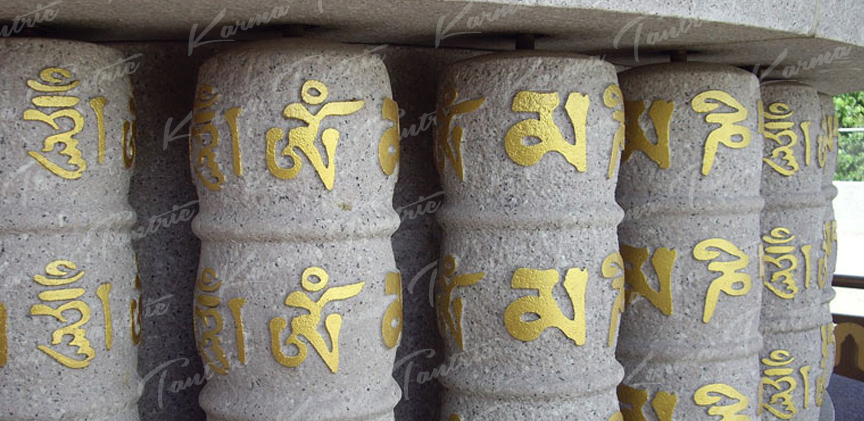
What Does Tantra Mean?
- There are many different interpretations of Tantra
- The definition of the word Tantra means to ‘weave’ or ‘balance’
- The focus of Tantra is liberation through balance & connection
- Tantra is used to achieve enlightenment, sexually or spiritually
- You can practice Tantra in many ways such as meditation and sex
Types of Tantra
Some of you may have heard of the many forms of tantra and are wondering what they are. Even though not all forms are very well documented, they are important in respecting the path of tantra and what it is today. The following section gives you a brief insight into these tantra types and what they mean.
-
Buddhist Tantra
Buddhist tantra is extremely complex to practice due to its highly secretive nature and strict regulations. Essentially, the practice of tantra in Buddhism is to achieve purification and a state of enlightenment. This is practiced through the Repetition of dharanis (Buddhist chants and affirmations similar to mantras), expanded yoga techniques (look up Trul Khor), Pranayama breath control and the use of special mudras, which are hand positions.
Vajrayana Buddhist tantra teaches four types of tantra Sarma traditions. These are Charya Tantra – the outer purification of the body, Kriya Tantra – focussed on reaching inner tranquillity, Yoga Tantra – aiming attention on the feeling of pure emptiness in a tranquil state and Highest Yoga Tantra – achieving solidarity in the mind stream to unite the inner mental state and wisdom.
-
Hindu Tantra
The ancient teachings of Hinduism that come from the Puranas and contain sacred teachings, actually contain much information that is borrowed from the occult Tantra Shastra. This is a very secret and powerful science practiced by Indians for centuries and claims to unlock supernatural powers. It is a whole system of techniques and practices related to a person’s power, knowledge and develops a greater depth of human consciousness.
Tantric mantras (repeating words to help concentration) is used in Hindu tantra worship to solve problems. They are thought to produce instant results by awakening the energy which empowers spiritual growth. Mantras are assumed to have four layers, including the word and its meaning, the feeling of a mantra, intense awareness, and a state in which the mantra is fully understood.
In Hindu traditions, tantra texts and scriptures usually mention the worship of a Hindu goddess, known as Shakti. Shakti refers to a complex part of the universe which boasts several nuances, including a seductive woman, cosmic force, devoted sister, mother nature and more. Shakti can manifest in varying ways and her divine energy can be in any form. She also represents the orgasm or divine tantric love, and is often known as ‘the one who plays’.
In Indian tantra, there are three tantric traditions which all represent the powers of Shiva. These are,
Vama – an impure form of tantra, Dakshina – for good purpose and
Madhyama – of a mixed nature. -
New Age or Neo Tantra
Tantra worship has flourished in popularity in the Western World, establishing a reinterpretation of Hindu and Buddhist practices. This new, modern practice is often referred to as Neotantra. As time progressed, some of the ancient outadated teachings of tantra have been readopted to suit a modern lifestyle. These new teachings are still very closely associated with the origins of Tantra and manly focus on the importance of sexuality and sensuality in achieving a path to the divine.
For many neotantricas, this practice now also combines tantric yoga and sexuality to explore a hidden spiritual energy. It has also evolved into tantric sex, which is taking the world by storm and uses many physical and sexual aspects of tantra whilst removing many of the religious practices. This is again an example of the relentless integration of ancient tantra, adapting for a modern, new world and society.
-
Yoga Tantra
The already well known history and integrity of Yoga is an ancient pillar of mindfulness. Yoga, in its own entity, uses very similar techniques to tantra such as specific breathing techniques and body poses. The methodologies of yoga also include particular focus on awareness and connection so it’s no surprise that there is a direct link between yoga and tantra.
Tantric Yoga teaches us that sensual energies that are generated in your lower pelvis, can be released and enjoyed through certain tantric yoga poses that open your hips and chakras. The first stage is always becoming aware of these desires and sexual energies and then connecting with your body through movement to release them. Not only will this help you to exhume sexual energy in a pleasurable way, it also helps to balance your mind while finding peace.
Tantra as a Lifestyle
In medieval texts, ancient Sanskrit philologist Pāṇini educates us that tantra is associated with the principles of the sacred mantras and providing personal liberation. He describes individuals who have mastered tantra as “one who is self-dependent, one who is his own master, the principal thing for whom is himself”.
From this, we learn that tantra is not only designed to elevate sexual consciousness but your awareness as a whole. Those who walk the tantra lifestyle, use the philosophies of ancient tantra and combine them into a balanced embodied tantra lifestyle. Of course this can include the sexual aspects of tantra, such as sexual freedom, however that is not always the case.
Tantric practice helps to address not only the positive aspects of your life, such as your sexuality and wellbeing, but also those negative areas that require focus to overcome. Through tantric awareness, you can work on areas such as your fears, emotional difficulties and your confidence. Seeing things through Tantric eyes will help you to discover an enlightened daily life that is fulfilling and pleasurable.
So living a tantric lifestyle seems to be all about connecting internally within yourself to be balanced and gain the ability to utilise your awareness to improve your life.

What is a Tantric Lifestyle?
- Tantric practices can be used to focus on your life
- It’s about personal liberation and understanding yourself
- You can overcome difficult situations and fears
- It can help with your confidence and understanding others
- It doesn’t need to include the sexual aspects, but can if you wish
Tantra & Sex
Looking at the Hindu Tantra scriptures, the key focus seems to be based on creating a universal sexual energy connection between yourself and your partner. This balancing of feminine and masculine energy helps to create a positive sexual outcome and achieve connective sexual enlightenment. In Buddhist tantra, the concept of tantric teaching is that sexual energy can be used to gain a higher consciousness which will elevate all areas of your life.
So basically, the better your connection is with your partner, the more intense and pleasurable the sex will be and all areas of your life will improve. I certainly cannot argue with that philosophy!
In today’s world, modern tantric sex practitioners focus on the areas of tantra that help to have much better sex. They utilise a wealth of tantra tools that are designed to promote connection and focus the benefit on sexual pleasure.
It’s all well and good that these ancient Hindu and Buddhist philosophies include sexual reference to their tantric teachings but what do people exactly do when engaging in tantric sex in today’s world? I hear you! Let’s delve deeper..
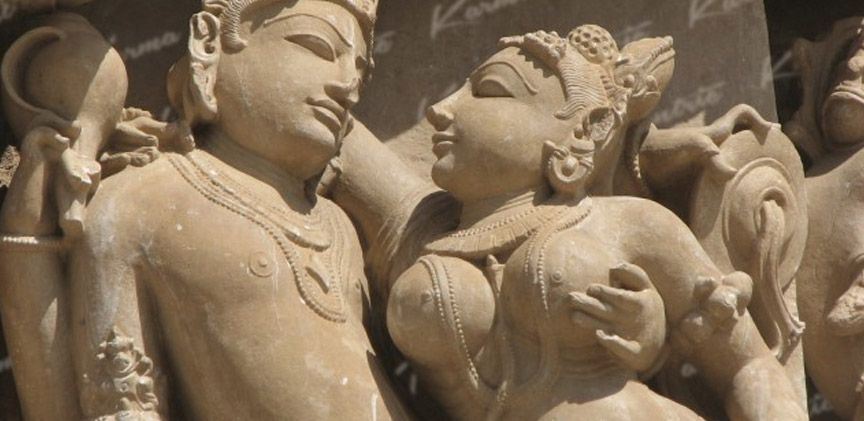
How is Tantra Related to Sex?
- Hindu Tantra scriptures describe sexual energy connection
- It’s all about achieving connective sexual enlightenment
- Buddhist teachings say Tantric sex brings higher consciousness
- There are specific Tantric sex practices
- Modern Tantric Sex practitioners use it to elevate their sex lives
Tantric Sex in Practice
Tantric sex is the most modern known form of tantra, probably due to the exciting nature of the topic and the media’s interest in the sexual angle. It includes many of the ancient Indian and Buddhist teachings of cosmic connection but it also combines it with modern sexual ideologies. Tantric sex can be thought of as a deeply spiritual form of lovemaking without the religious rituals associated with ancient forms of tantra.
One of the most popular tantric sex teachings, which comes from tantric meditation and awareness, is the practice of prolonged sexual intercourse without ejaculation. This comes from the Tantric art of ‘slowing down’ and is why Western forms of tantric sexology teach slow, breathing techniques to aid sexual intercourse. It also incorporates mindful touching, which is where tantric massage originates from. The idea is to promote awareness of arousal through what some would call sexual meditation.
If you stop and think about it, when we stop, slow down and take a breath, we can suddenly be in the moment and absorb every feeling and sensation. Meditation can and does, help many of us tackle the obstacles of daily life. Why should we not use the same power of focus to improve our relationships, enhance intimacy and most importantly achieve better orgasms?
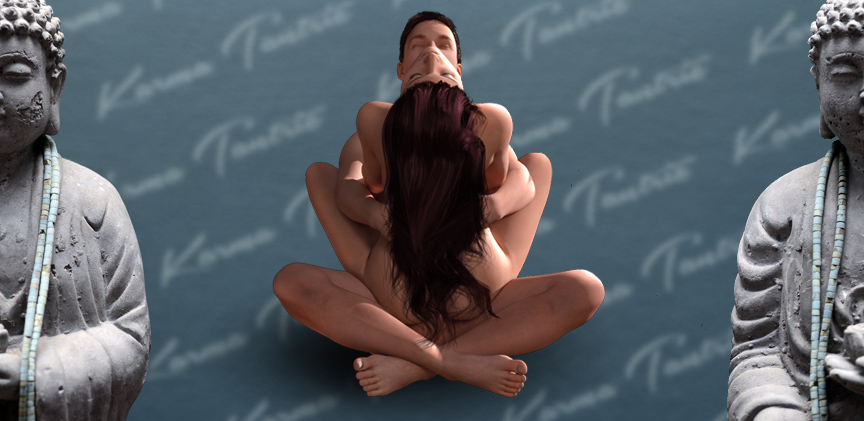
What are Tantric Sex Techniques?
- Tantric sex has many different mental & physical techniques
- ‘Slowing Down’ aids awareness and connection with your partner
- One well known act is prolonged pleasure or delayed ejaculation
- There are specific Tantric sex positions
- Other Tantric Sex techniques include meditation and breath work
Tantra vs Tantric Massage
Now we understand what tantra actually is and the different ways people use tantra, let’s take a look at the art of tantric massage specifically. Essentially, the overall goal of tantra and tantra massage is the same – to reach a state of extreme bliss. Tantric massage creates this by focusing on the power of enlightened touch and utilising tantric prolonged ejaculation techniques.
Unlike other forms of massage, tantra massage uses body to body contact to offer a divinely erotic experience. It’s objective is to bring waves of pleasure by bringing the body close to climax and then back down again, over and over. When a release of sexual energy is achieved, it is a powerful and euphoric climax that far supersedes regular ejaculation.

What Is Tantric Massage?
- Tantric massage is a sexual technique derived from Tantra
- It uses delayed ejaculation techniques to offer amazing climaxes
- Usually the focus is on touch and sensation
- Tantric masseuses use their whole bodies to massage you
- There can be authentic elements depending on the masseuse
My Tantric Conclusion
Once I began researching the topic through reading tantra articles and online resources, I realised why it was so difficult for anyone to understand exactly what tantra is. The overwhelming amount of conflicting information is mainly due to the fact that tantra has a different meaning for so many people. It can be based on their religion, tradition, spiritual knowledge or even life direction.
This is where we understand the real beauty of tantra and acknowledge its relentless diversity and longevity throughout history. This ancient art was so magical that it reincarnated itself into so many different forms, each important in it’s own right and specific to the needs of those who practice it.
One thing is for sure, Tantra is something incredible and will certainly be here for centuries to come.
I would like to take the opportunity to thank those who first gave me the idea for this article as well as those who helped by contributing. Until the next time.. Namaste
Erica
x

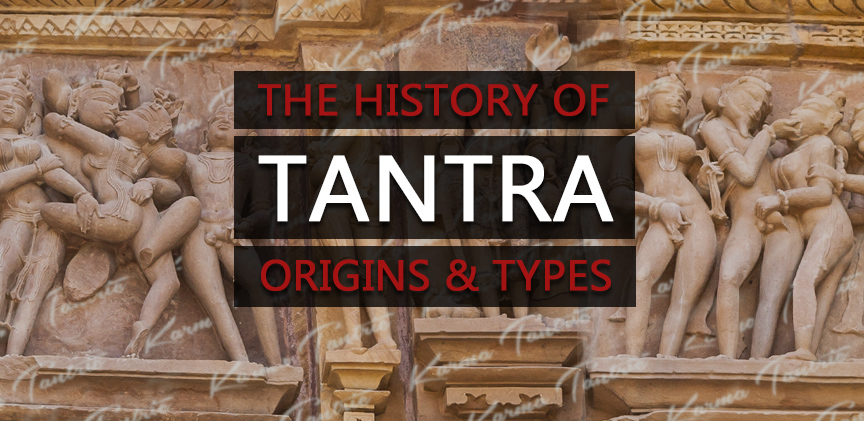























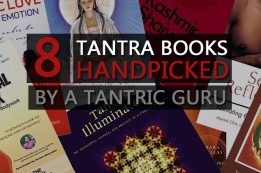

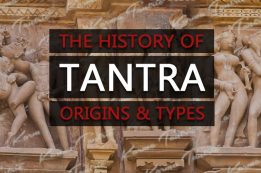





 KARMA TWEETS
KARMA TWEETS
This article is simply explained and exactly to the point. I couldn’t find a better explanation elsewhere online and this answered all my questions perfectly.
Great article, thank you so much for making everything so clear. I have been researching tantra for a while now and its such a complex topic with conflicting information. Your article really helped me to find a new perspective. Thanks as always Erica for your wonderful info. Stan
My pleasure Stan! I’m glad that you found this article useful. Tantra is one of those topics with so much information out on web that it can be difficult to condense everything into one place. Erica x
Wow what a great resource! This is so well researched and presented. Cheers!
Thanks Julie!